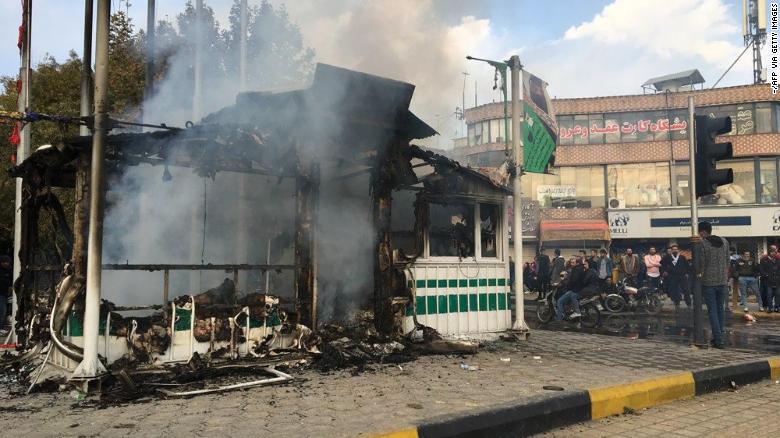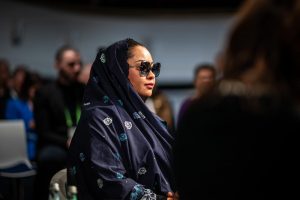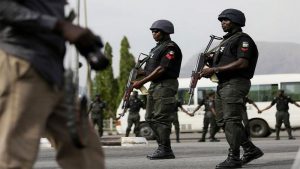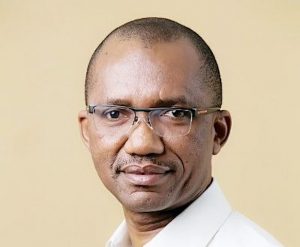Something is happening in Iran. But what?

Speaking at a government meeting in Tehran, Rouhani said the country had been “victorious out of yet another test” and that “despite the country’s economic problems and existing grievances,” Iran had demonstrated it “would never allow the balance to tilt in favor of the enemy,” according to state broadcaster Press TV. Iran’s government has blamed foreign enemies for the recent unrest — the severity of which remains unclear because a near-total internet shutdown has halted the flow of information out of the country. What’s happening?Demonstrators first hit the streets on Friday, a day after the government announced an eye-watering hike in fuel prices by as much as 300%. Iran’s economy has already been crippled by US sanctions, which saw its currency tank, prices soar, and medical and food shortages grow widespread. The fuel hike could further exacerbate economic conditions, forcing greater price increases.Rouhani has suggested that the protesters were not Iranians but anti-government forces “pre-planned by the reactionary regional regimes, the Zionists, and the Americans.” And Iran’s Supreme Leader Ayatollah Khamenei said Tuesday the protests were related to security issues, rather than a movement by the Iranian people, and that “both friends and foes should know that we have repelled the enemy,” state news agency IRNA reported. But the perspective of Iran’s protesters and ordinary civilians has been more difficult to ascertain in recent days. Initially, images posted on social media showed rioters storming banks, petrol stations and government buildings and setting them ablaze. Then researchers at Netblocks, a group that tracks global connectivity, soon started noticing major drops in connectivity in Tehran and other cities. While internet blackouts are not unheard of in the country, experts have said the scale and technical complexity of this particular blackout is different. Social media posts have become less and less frequent as the blackout has taken full effect. CNN found many instances of videos purportedly showing ongoing clashes in the streets over the last 24 hours but was unable to verify them and they appeared to have been reposted from private Telegram groups. Ordinarily, there are over 47 million active social media users in Iran, with Telegram and the Facebook-owned app Instagram being the most popular in the country. David Kaye, the UN Special Rapporteur on the Promotion and Protection of the Right to Freedom of Opinion and Expression, told CNN that the impact of internet shutdown makes it incredibly difficult to know what civilians are presently facing in Iran.”Fundamentally, I don’t think we have a very good sense of what’s happening on the ground in Iran right now,” Kaye said. “The reporting has been spotty at best … We’re starting to hear about the protests and the use of force against the protesters.”Kaye added, “The international community needs to be saying: keep the internet on, do not repress peaceful protest, use only proportionate means to deal with it, and and make sure that all your responses to protesters are in keeping with international human rights standards.”The death toll in IranOn Wednesday, the UN urged Iran to show restraint and resume internet connectivity. “We have seen the reports of a significant death toll during recent protests in the Islamic Republic of Iran. We echo the statement on Iran made by the Office of the High Commissioner for Human Rights yesterday, including the call to immediately re-establish Iranians’ access to the internet,” Secretary General spokesman Stephane Dujarric said in a statement. “We continue to urge the Iranian authorities and security forces to exercise maximum restraint and avoid the use of force to disperse peaceful demonstrations.”Amnesty International said Tuesday the group had received credible reports that indicated at least 106 protesters in 21 cities had been killed but did not offer any evidence to substantiate its findings. The organization said it had gathered information that demonstrated Iranian security forces were employing “excessive and lethal force to crush largely peaceful protests.”Human Rights Watch said “occasional video footage of protests posted on social media amid the internet shutdown appear to show security forces directly shooting at protesters in different cities.”While he did not give specifics, Ayatollah Khamenei confirmed during a speech Sunday that “several” people had died in the protests. State media have reported that five members of government security forces have been killed during clashes with protesters this week. But a complete picture is yet to emerge as the government has withheld the total number of casualties and official death toll since the protests began.CNN’s Hamdi Alkhshali, and Hira Humayun contributed to this report from Atlanta. CNN’s Richard Roth, Ivana Kottasova and Sharif Paget also contributed to this report.







